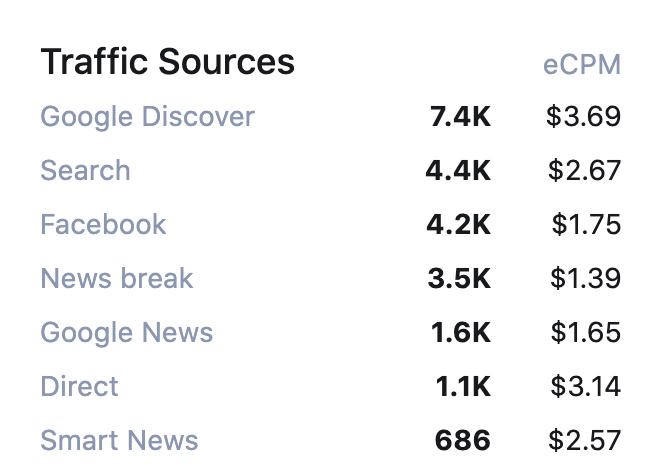From Big-tech’s increasing share of the digital ad market to a convoluted ad-tech ecosystem that syphons off millions of dollars in ad spend, publishers are looking hard at ways to maximise digital advertising revenue. With optimisation of eCPMs and programmatic yields, there are a number of ways publishers can get the most from their advertising inventory.
Why it matters
Digital advertising revenues have been under pressure for some time. Even before the pandemic crushed global marketing budgets, publishers were having to work hard to squeeze the most from their available ad inventory.
COVID has only increased the pressure; Google, Facebook and Amazon accounted for more than 60% of US ad spend in 2020 and are forecast to take almost 70% of spend in the UK this year. Factor in the revenue cut taken by ad-tech middlemen and the need to focus on maximising digital advertising yields has never been greater.
How to maximise digital advertising revenue
One of the recent focuses for the Spiny.ai development team has been to link and display eCPMs to a variety of key traffic sources. This allows publishers to identify traffic sources delivering high eCPMs and, from there, research the best performing content by platform. Knowing which topics are trending on Google Discover or which articles are delivering engagement and traffic on Facebook allows content teams to prioritise content that engages users and builds brand recognition and revenue in a sustainable way.

Via Spiny.ai
Optimise programmatic setup
Writing recently in What’s New InPublishing, MediaGrid’s Alexandra Balashoyu echoes this focus on the value of content in maximising ad revenue. He said publishers spend time and money creating content that appeals to the right audience that will, in turn, be attractive to advertisers.
“It makes good business sense to match this investment with a proactive yield strategy that ensures their advertising technology is delivering optimum results.” He believes the following strategies will make a ‘significant contribution’ to maximising digital advertising revenue.
Leverage header bidding to ‘test and optimise’
Test-and-compare is not common in sell-side yield optimisation, but Balashoyu says it is an option for publishers with header bidding set-ups. He says most of the major header-bidding frameworks offer solutions to simplify and streamline a publisher’s ability to test, for example, the optimum number of demand and buy partners or wrapper timeout lengths against KPIs including yield, fill rate, and eCPMs.
Allow programmatic to compete with direct sold
Google Ad Manager prioritises direct-sold inventory, serving it before lower-level priority line items coming through channels like programmatic, even if they have a higher CPM. Changing the way line items are prioritised – increasing those with higher CPMs to a ‘Guaranteed’ priority level – can improve yield. This is especially true at points in the year when media buyers are looking to allocate higher budgets, such as the holiday season.
Take a granular approach to setting price floors
Digital inventory that remains unsold because the price floor was not met can never be sold again, but not setting floor prices risks undervaluing inventory. This means setting price floors requires a granular approach, identifying premium inventory – above-the-fold versus below-the-fold placements – that demand higher bid rates or CPMs. Publishers can then experiment with price floors around this type of inventory to find the optimum.









